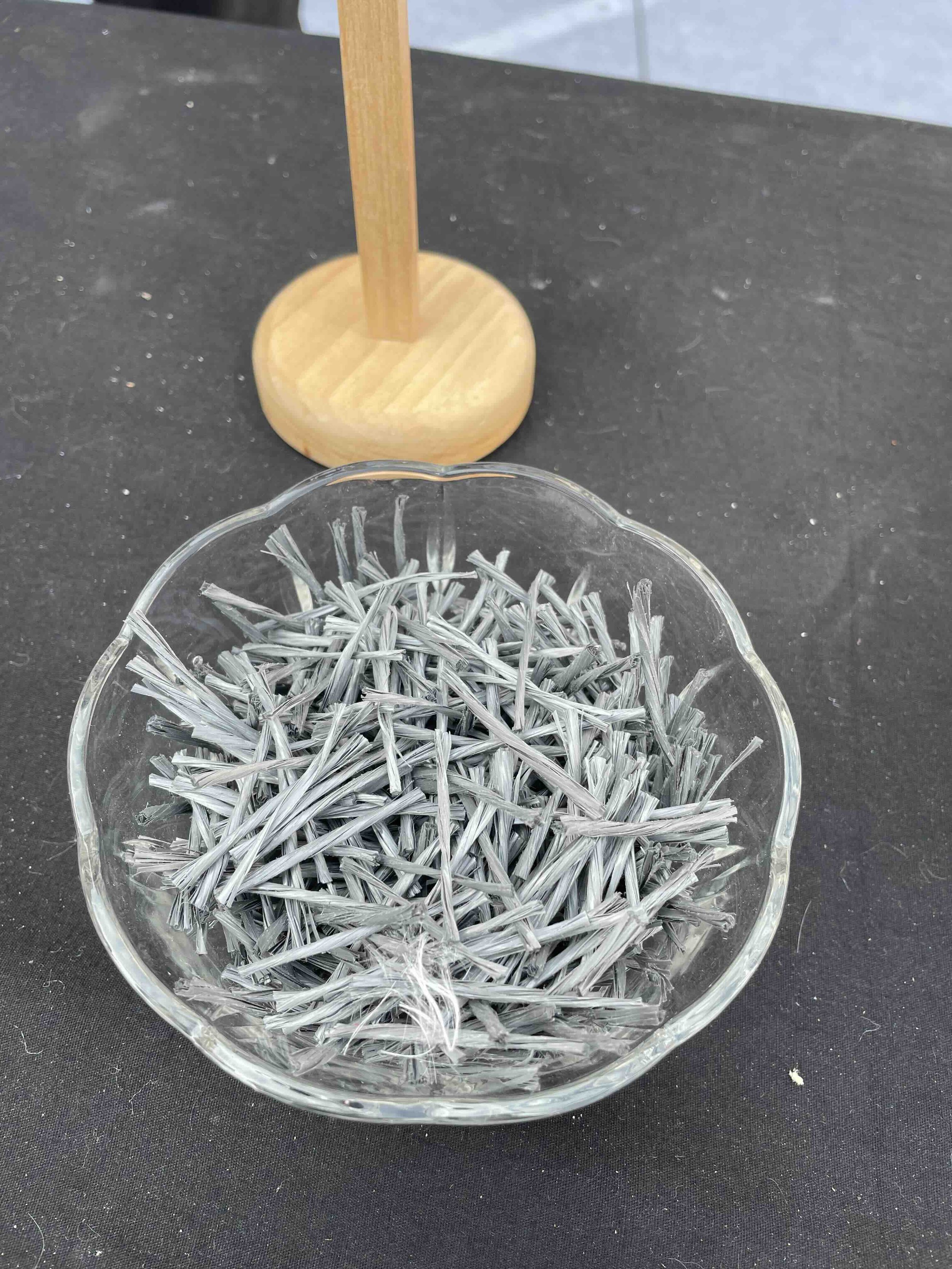
Portland Cement CEM II/A - L 42.5 R
Portland Cement CEM II/A - L 42.5 R
Portland Cement CEM II/A-L 42.5 R is a blended Portland cement composed of high-quality clinker and a limited percentage (6–20%) of finely ground limestone (L). It offers high early strength (R) and excellent workability, making it an ideal choice for fast-track construction projects. This cement combines mechanical performance, environmental efficiency, and aesthetic consistency, meeting the requirements of EN 197-1 for the CEM II/A-L category.
Pure Portland Cement. Maximum Strength. Premium Performance.
🛠️ Applications
This premium Portland Cement CEM II/A - L 42.5 R is suitable for a wide range of uses :
Ready-mix concrete production.
Precast elements needing fast formwork turnover.
Residential and commercial buildings.
Pavements, floors, and light infrastructure.
Mortars and masonry works.
General-purpose civil engineering projects.
🧪 Chemical Properties
Contains 80–94% Portland clinker, with 6–20% limestone (CaCO₃).
The limestone content improves paste rheology and helps reduce CO₂ footprint.
High calcium silicate (C₃S, C₂S) content supports rapid strength development.
Moderate alkali and sulfate levels for stable hydration and compatibility with admixtures.
Fully compliant with EN 197-1 standards for CEM II/A-L 42.5 R designation.
💡 Key Benefits
Rapid strength gain (R) enables early demolding and fast-track construction.
Enhanced workability and smooth finish in fresh concrete.
Lower environmental impact due to reduced clinker content.
Improved durability in most general construction conditions.
Compatible with a wide range of aggregates and admixtures.
What you should know about Fiber Reinforced Concrete?
Glass fibers or other fibrous materials, either natural or synthetic, are added to concrete mixtures to create fibre-reinforced concrete. In other words, it’s composition of cement, sand, aggregates, water and discrete, short fibers distributed evenly throughout the material.
Fibers improve the overall energy absorption and structural integrity of concrete and reduce the risk of cracking. However, fibres are weak in flexural strength- the bending capacity of the concrete without breaking, so they are not a substitute for steel reinforcement concrete.
When blending fiber-reinforced concrete, two factors to consider are the fiber size, also known as the aspect ratio, which is the length of the fiber divided by its diameter, and the water-cement ratio. Since the volume of fibers used in the concrete can affect the strength and durability of the structure, it is also important to consider the percentage of fiber you use in the concrete.


